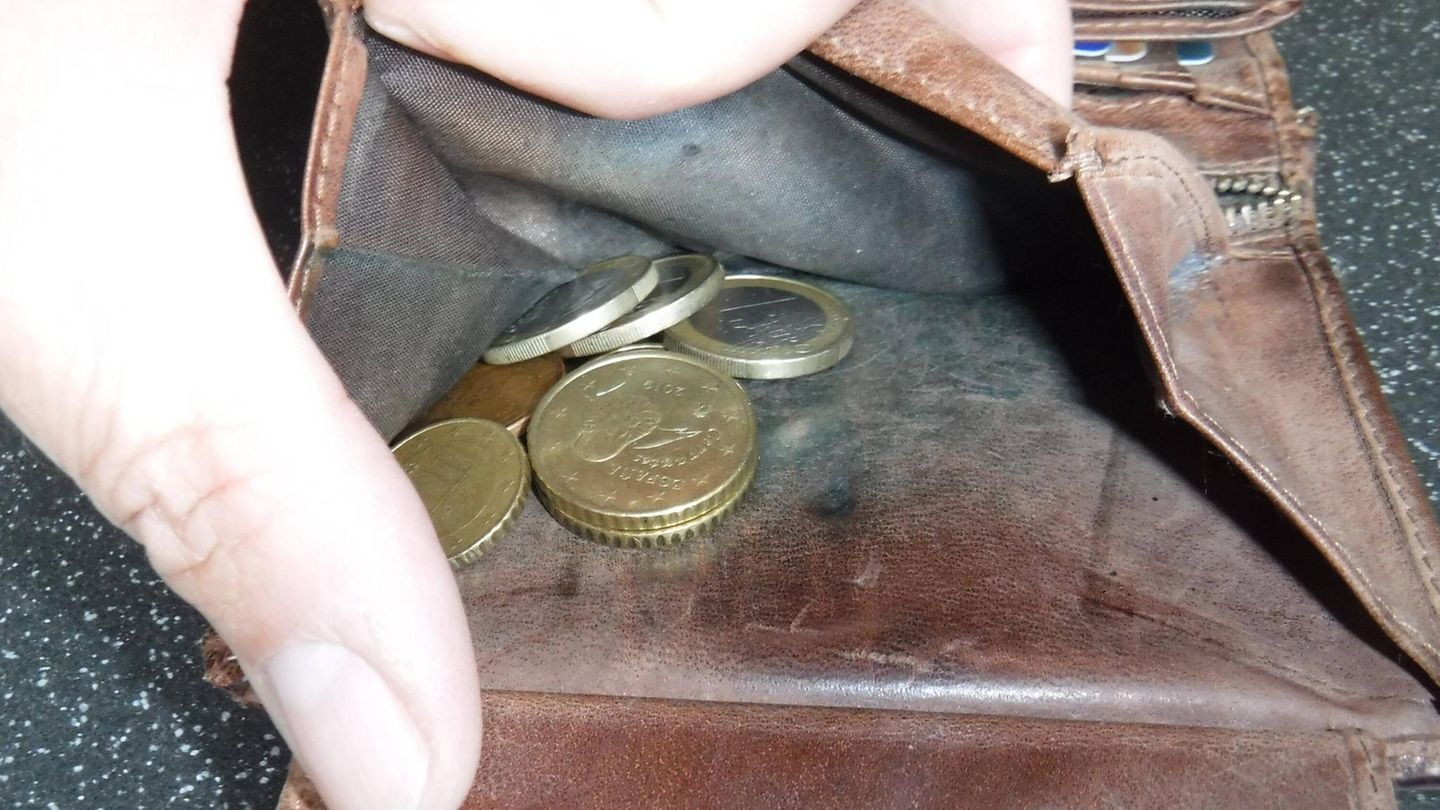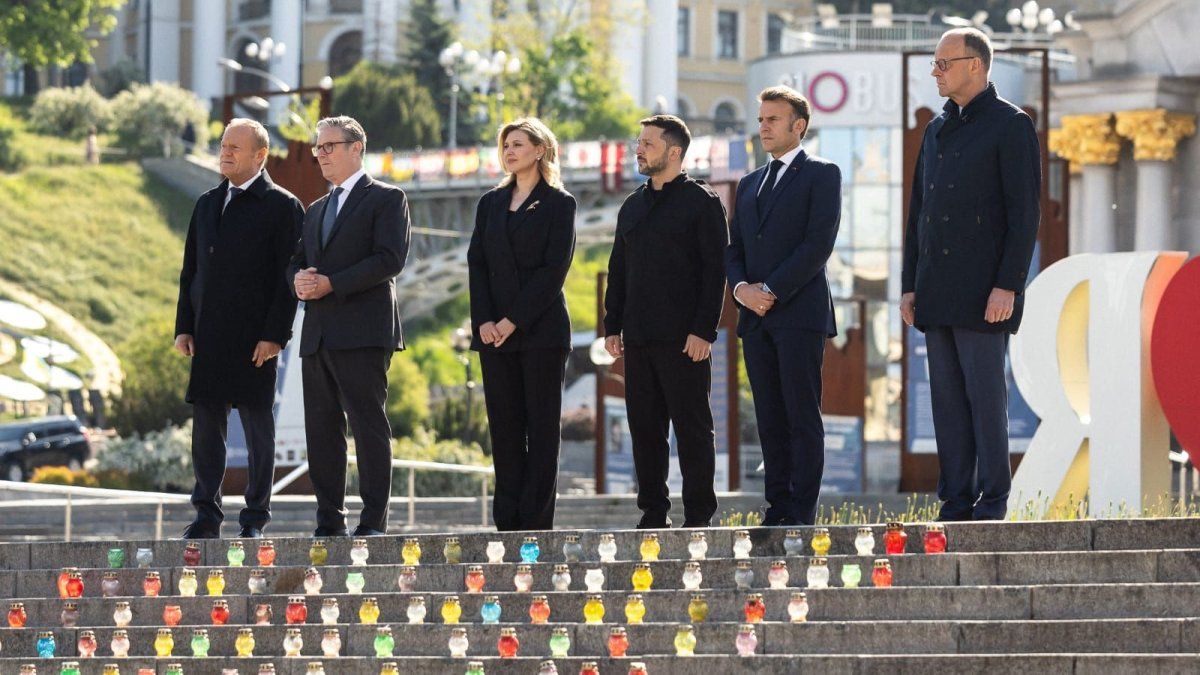The lead was clearer than many had expected. But no one in the Salzkammergut experienced a blue miracle. The signs were too clear that the FPÖ would emerge victorious in a National Council election for the first time in the history of the Second Republic. The Freedom Party has dominated the polls for almost two years, including the Gmunden and Vöcklabruck districts since Sunday evening. The FPÖ received 29.34 percent of the vote in the Gmunden district and 31.77 percent in the Vöcklabruck district.
In 67 of the 72 municipalities, the increase was double-digit compared to the last National Council election, with the Freedom Party gaining the most in Pöndorf: plus 21.33 percent. In Redleiten, where the Freedom Party is not represented on the local council at all, the FPÖ could govern almost alone: it received 48.37 percent of the vote there. In the Gmunden district, Kirchham developed into a blue stronghold: 37.19 percent. “Years of work with and for the population have proven their worth,” said Markus Steinmaurer, Scharnsteiner FPÖ top candidate in the district, yesterday in reaction to the election results.
Small successes for the SPÖ
There was absolutely nothing to gain for the SPÖ in the 20 municipalities in the Gmunden district. Although Obertraun defended its reputation as a red rock in the blue-black surf (45.87 percent) and once again became the SP state winner, the Social Democrats also suffered a slight loss there (-1.14).
The situation in the Vöcklabruck district is different: in 23 of 52 municipalities, i.e. in almost half, there was growth for the SPÖ – albeit only small. The increase was most noticeable in Rutzenham (+4.4) and in Pfaffing (+4.2), and in the city of Vöcklabruck citizens also voted contrary to the nationwide trend (+0.58). “Of course we would have liked more,” says Stephan Penteker, Timelkamer’s SPÖ top candidate in the district. “But it was difficult to go against the national trend.”
For the ÖVP, which came in first place with a large lead in the 2019 National Council election, there were now only losses in the 72 municipalities. These were lowest in Hallstatt (-3.45) and highest in Oberwang (-26.13). The ÖVP remained the strongest force in 21 of the 72 municipalities. “We got away with a black eye,” says Bettina Zopf, ÖVP’s top candidate in the Gmunden district. “Now it’s important to analyze why we lost so many voters to the FPÖ.”
The Greens, who suffered a bitter defeat nationwide, also had a hard time in the Salzkammergut. There were gains in only two of 72 communities. In Oberwang the Greens gained 0.53 percentage points and in Weißenkirchen im Attergau by 0.52. Everywhere else a minus had to be digested.
The best result was achieved with 15.92 percent (-1.72) in Attersee, where Rudi Hemetsberger was elected as the first mayor of the Greens in 2021. Sonja Pickhardt-Kröpfel, the Green Party’s top candidate in the district, does not hide her disappointment with the federal result. “We continue to fight for climate protection, for the environment and for social and human politics,” she says.
Small parties: no chance
In Attersee, the Neos also achieved one of their best results in the Gmunden and Vöcklabruck districts: 13.4 percent. The best was in Mondsee with 13.6 percent, and the Pinks also achieved a respectable success in Gmunden with 12.73 percent.
Even in the Salzkammergut, the small parties would not have been able to get into the National Council anywhere. Dominik Wlazny should have toasted most often in Redlham: the beer party achieved 3.43 percent there. The KPÖ achieved its best result in Mondsee (2.55 percent), the MFG in Rutzenham (3.55 percent).
Source: Nachrichten




